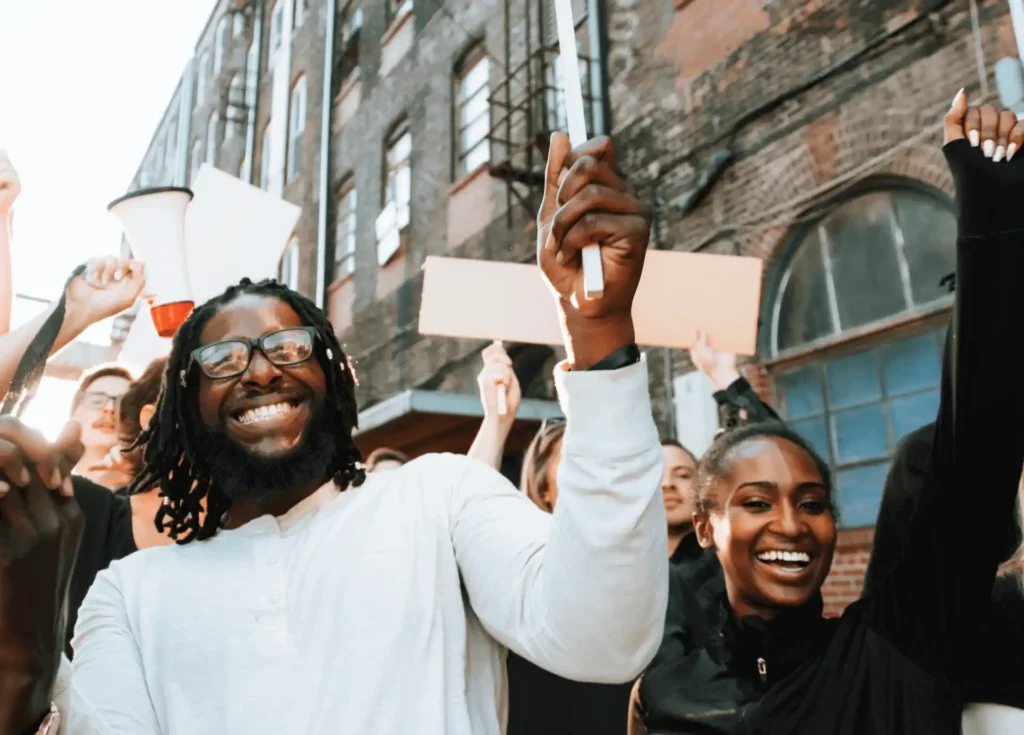The Nike Controversy surrounding the Colin Kaepernick ad and product deal spurred a discussion among members of the board of directors that we invite our readers to join. Read what they had to say and add your thoughts here.
What is the marketing strategy behind Nike’s deal with Colin Kaepernick?
Matthew Quint, Director, Center on Global Brand Leadership, Columbia Business School: First and foremost it’s a strategy choice made with the foreknowledge that it will bring headline attention – something every company seeks.
Is this a marketing move or truly a heartfelt and courageous backing of principle?
Matthew Quint: Given the risks involved in stirring up controversy among consumers in a socio-political climate, it seems clear that Nike was considering its purpose “to use the power of sport to move the world forward.” The entire campaign was aimed at highlighting athletes that are pushing boundaries in society in some way. But, of course, using celebrity athletes in a campaign is also a standard marketing move, no matter what the messaging is behind it.
Karen McFarlane, Founder Kaye Media Partners Strategic Marketing: It is both. Any marketing move should be led by a company’s core principles. Nike’s mission is to bring inspiration and innovation to every athlete in the world. Colin Kaepernick, through his advocacy, conviction, and talent on and off the field, exemplifies those values in the strongest of terms. Couple that with Nike’s commitment to diversity and community, particularly against the backdrop of today’s America where politics have amplified cultural divisions, Nike took the opportunity to lean into their mission and values.
In Nike’s own words, they take “big leaps” and “big risks.” Whether or not you agree with Kaepernick ‘s stance, he took a big leap for something he believed in, and it sparked a national conversation. This is not unlike Muhammed Ali’s position on Vietnam, Tommie Smith and John Carlos raised fists in reverence to black power in the 1968 Olympics, or Centre Fielder Curt Flood’s Supreme Court Battle to enable free agency for MLB players.
Nike clearly wants to provide a platform for athletes who are making history every day. In fact, Nike has no choice but to – just do it. How can athletes achieve greatness if their aspirations are limited to the status quo? How can they inspire the next generation if they can’t use their station to elevate the game? Yes, you could argue they could have chosen a less controversial persona to round out their campaign, but that’s not the definition of taking “big risks.” Besides, from a marketing perspective, it’s a lot more fun to take a chance than to play it safe. After all, who wins when you do that anyway?
Lisa Merriam, President of Merriam Associates Branding and Content Strategy: This is clearly a principled move. Nike has a long history of standing by its athletes through controversy. There is something to be said for a brand that willingly and repeatedly takes that risk. Steadfastness is rare
If it is a marketing move, what are the risks, potential losses and potential gains?
Matthew Quint: Regardless of the marketing v. purpose take one has, there are risks for the US market when you highlight issues that are currently polarizing the populace. In this case, I believe that the passions of those who are disgusted by Kaepernick kneeling for the anthem are much stronger than those who support his free speech choice and/or his cause of raising awareness about police shootings of black Americans. But, as with many controversial communications moments for brands, most of the effects don’t linger in consumers’ minds, see for example Morning Consult’s polling on United Airlines which showed that the perceptions impacts of its violent passenger removal incident were gone within six months.
Lisa Merriam: Two trends collide here: 1) Polarized politics and 2) Politicized everything. Nowhere is safe from politics and polarization. Nike, by stepping into the controversy, is taking a business risk with this stand. Research shows that Colin Kaepernick is more popular with Nike customers (46%) than with the general public (34%). In both cases, this spokesman is not even appealing to half the population. Moreover, other research shows that 53% of Americans object to kneeling during the national anthem. The Nike brand sells in a mature market that is not growing. The only way to grow the Nike brand is to take share from competitors. While Nike’s stand may solidify its standing with 46% of its current customer base, it will not help the brand take share from Adidas and Under Armour.
Some say Nike will appeal to millennials with this strategy? Will that work? What about other market segments that may not appreciate this stand?
Matthew Quint: What’s fascinating is the interplay of this campaign among a whole range of stakeholders for Nike. The media has given them millions of dollars of earned impressions. The general public showed the expected mix of anger and support of the move on Twitter and other social platforms. This created some concern among their investors leading to a 3% drop in their stock price on September 4. Finally they made an impact with their clients, and potential clients, as athletes who took to social media to talk about the issue were overwhelming supportive of Nike’s messaging.
Keith Reynolds, Consultant & Digital Media Producer for Business Growth: From fans and detractors to the capital markets the reaction has been swift and strong today. While it will take time to reveal the ultimate impact from this, the move will probably be a landmark case study for marketers. The announcement was a bold marketing move based upon their core values that may not be all bad or good in the end. Nike is coming off some recent bad #MeToo and labor PR questions, but also a year of historic company stock price appreciation. I read [on Bloomberg] this morning Nike has generated $43M+ dollars’ worth of awareness already, while the stock price was off $2.60 (-3.16%) at the close today. An open question what will the president do in response? The key question for me is whether any shorter term backlash can be overpowered by the strength of their Believe In Something/Just Do It messaging being sent out to the younger fans and athletes that will ultimately determine their future success. I think so. Nike’s response to this long-simmering social/political flashpoint is so potent. We’ll see.
How does this particular ethical stand impact Nike’s #MeToo problems in the executive suite and long reputation as using sweatshop labor?
Matthew Quint: I don’t see much impact amongst either of these two issues. Nike’s #MeToo moment didn’t resonate with the broad public, and it largely targeted specific leadership members in the organization who were swept out of the company immediately. The reputation of sweatshop labor is old, and Nike has been generally applauded for years for changing their labor practices and sustainability efforts – and yet for some people that ‘sweatshop labor’ stigma remains due to it being one of the first high growth and respect brands called out for the issue.
Lisa Merriam: Since these two issues do not impact the core brand philosophy, they have little impact on the brand. “Just do it” and the Kaepernick controversy, however, are core to the Nike brand. While some can see this stance as principled and brave, others are more cynical, like this USA Today opinion writer, who says the campaign undermines itself: “The company’s new tag line for Kaepernick is: ‘Believe in something. Even if it means sacrificing everything.’ By ‘sacrificing everything,’ evidently Nike means ‘make millions of dollars more a year to appear in an advertising campaign than you would make as a back-up quarterback in the NFL.’ Boy, has Kaepernick ever sacrificed!”
What do you think?
Please weigh in and join the debate.
For now, all we have are theories and opinions. We will follow up a year from now to see where Nike stands after all the dust has settled.

















